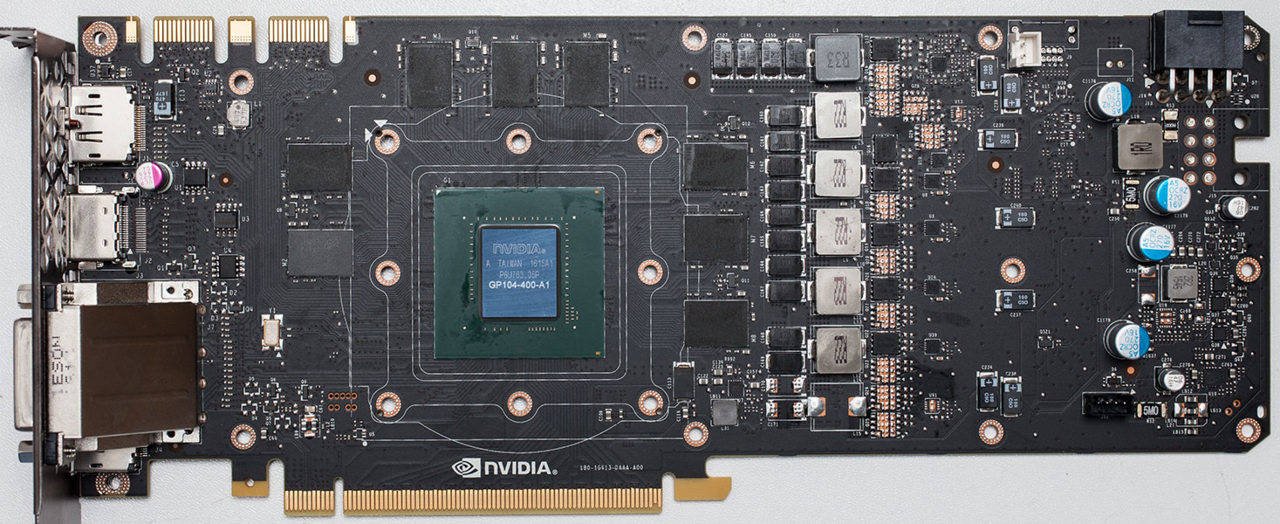FrameBuffer
Limp Gawd
- Joined
- May 1, 2006
- Messages
- 310
While it would SEEM that way yet.. however in actuality PCIe+6 pin cards hardly ever get near 150W...just look at the 1070, (supposedly 150W card) have an 8 pin (225).. then when you look at actual power draw it is not "much more than 150W" (avgs between 145-165W). I guess if ppl are now equate 10% = "much more" then I well../boggleConsidering that's the only reason why you'd add another power connector above PCE-E+6-pin I think it's pretty safe to assume.
Point being I don't see the "They are using much more than 150 watts" (emphasis on MUCH MORE), now if it exceeds 185-195..(+30% over TDP) sure.. then we can start on about MUCH MORE..
As noted, with the 1070, the 8 pin deliveres up to 225W in combination with PCIe slot, however just because it is there does not mean it exceeds its suggested TDP by a significant %. Most cards don't event draw even close to max % (75W) through the PCIe slot, iirc its about 35W via PCIe.
![[H]ard|Forum](/styles/hardforum/xenforo/logo_dark.png)

